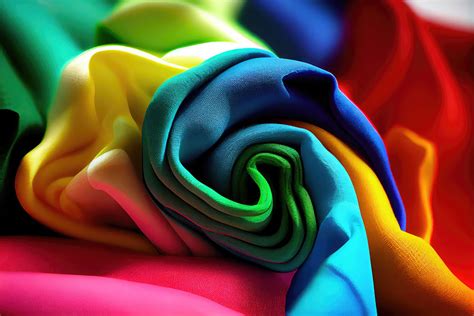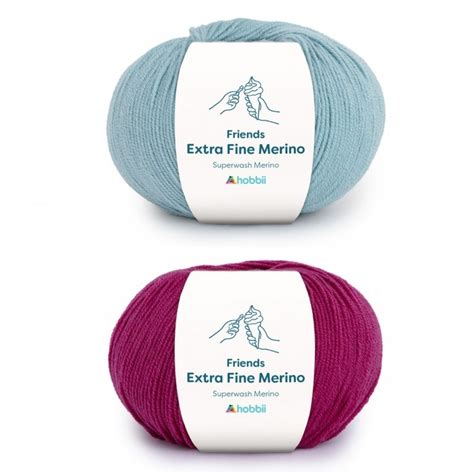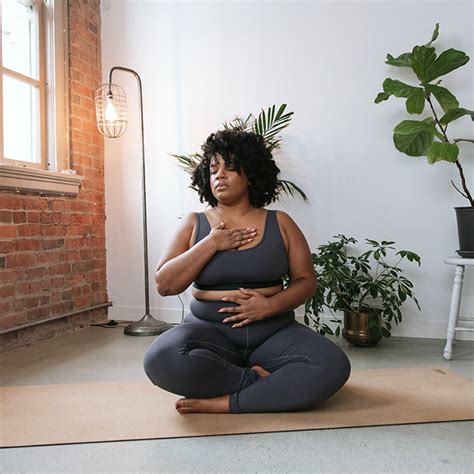Best durable activewear fabrics for peak performance & recovery?

Why Fabric Choice Matters for Your Workout
When it comes to activewear, the fabric isn’t just about aesthetics; it’s a critical component that directly influences your performance, comfort, and even your recovery. The right material can wick away sweat, regulate temperature, provide essential support, and withstand the rigors of intense training, wash after wash. Durable fabrics mean your gear lasts longer, performing optimally through countless workouts, saving you money and reducing environmental impact. Let’s delve into the top fabrics that offer the best blend of durability, performance, and recovery benefits.

The Powerhouses: Synthetic Fabrics
Synthetic fibers dominate the activewear market due to their exceptional properties. They are engineered to excel where natural fibers sometimes fall short, offering superior moisture management and resilience.
Nylon: Strength, Stretch, and Smoothness
Nylon is a perennial favorite for activewear, known for its incredible strength and elasticity. It’s often praised for its smooth, soft feel and excellent stretch, which allows for a full range of motion. Nylon is highly abrasion-resistant, making it ideal for activities like climbing or weightlifting where gear might rub against surfaces. It also boasts good moisture-wicking properties, pulling sweat away from the skin to the fabric’s surface where it can evaporate quickly.
Polyester: The Workhorse of Durability and Moisture Control
Polyester is arguably the most common activewear fabric, and for good reason. It’s exceptionally durable, resistant to stretching, shrinking, and wrinkles, making it very low maintenance. Polyester is hydrophobic, meaning it repels water, which allows it to dry very quickly and effectively wick moisture. It’s also resistant to UV rays and mildew, making it a great choice for outdoor and high-sweat activities. Modern polyester often incorporates technologies for odor control and enhanced breathability.

Spandex (Lycra/Elastane): The Ultimate Stretch Component
While rarely used on its own, Spandex is an indispensable component of almost all performance activewear. Its remarkable elasticity – able to stretch up to 5-8 times its original size and return to shape – provides unparalleled freedom of movement and a supportive, compressive fit. This compression is not just for comfort; it can enhance blood circulation and reduce muscle vibration, potentially aiding in recovery and reducing post-workout soreness. Spandex is almost always blended with other fibers like nylon or polyester to add stretch without compromising the durability and moisture management of the primary fabric.
Natural Wonders: Performance Meets Sustainability
While synthetics are engineered for performance, some natural fibers have made significant strides in activewear, offering unique benefits and often a more sustainable profile.
Merino Wool: Natural Temperature Regulation and Odor Resistance
Often associated with cozy sweaters, Merino wool is a surprisingly excellent activewear fabric. Its fine fibers are incredibly soft, unlike traditional wool, and it boasts natural temperature-regulating properties, keeping you warm in cold conditions and cool in warm ones. Merino is also highly breathable and exceptional at managing moisture, wicking it away from the skin without feeling clammy. Crucially for active individuals, Merino wool is naturally antimicrobial and highly odor-resistant, meaning you can wear it multiple times between washes. While perhaps not as indestructible as polyester, high-quality Merino blends offer very good durability for their natural properties.

Tencel (Lyocell): Sustainable Strength and Softness
Tencel, a brand name for lyocell, is a cellulosic fiber derived from sustainably sourced wood pulp. It’s gaining popularity in activewear for its incredible softness, excellent breathability, and impressive moisture-wicking capabilities – often surpassing cotton. Tencel is known for being strong even when wet, which contributes to its durability and longevity. Its smooth fiber surface makes it resistant to bacterial growth, adding to its odor-fighting properties. Blended with other fibers, it can create highly comfortable and performant activewear with a lower environmental footprint.

The Blended Advantage: Best of Both Worlds
Often, the best activewear fabrics are not pure single fibers but carefully engineered blends. Manufacturers combine different materials to harness the strengths of each, creating fabrics that offer optimal stretch, durability, moisture management, and comfort. For example, a polyester-spandex blend delivers the durability and wicking of polyester with the essential stretch of spandex. Similarly, nylon-spandex provides excellent strength with superior elasticity.
Factors Beyond Fabric: Construction and Care
Beyond the raw material, the fabric’s construction (e.g., knit type, weave), seam technology (flatlock seams prevent chafing), and garment design all play a role in durability and performance. Proper care is also paramount. Following washing instructions – typically cold water, gentle cycle, and air drying – will significantly extend the life and maintain the performance characteristics of your activewear.

Conclusion: Choose Wisely for Lasting Performance
The quest for peak performance and optimal recovery starts with your gear, and the fabric is the foundation. Whether you opt for the engineered resilience of synthetics like nylon and polyester, the natural comfort and odor resistance of Merino wool, or the sustainable softness of Tencel, understanding the properties of each will empower you to make informed choices. Invest in durable fabrics that support your activity, enhance your comfort, and stand the test of time, ensuring your activewear works as hard as you do.







